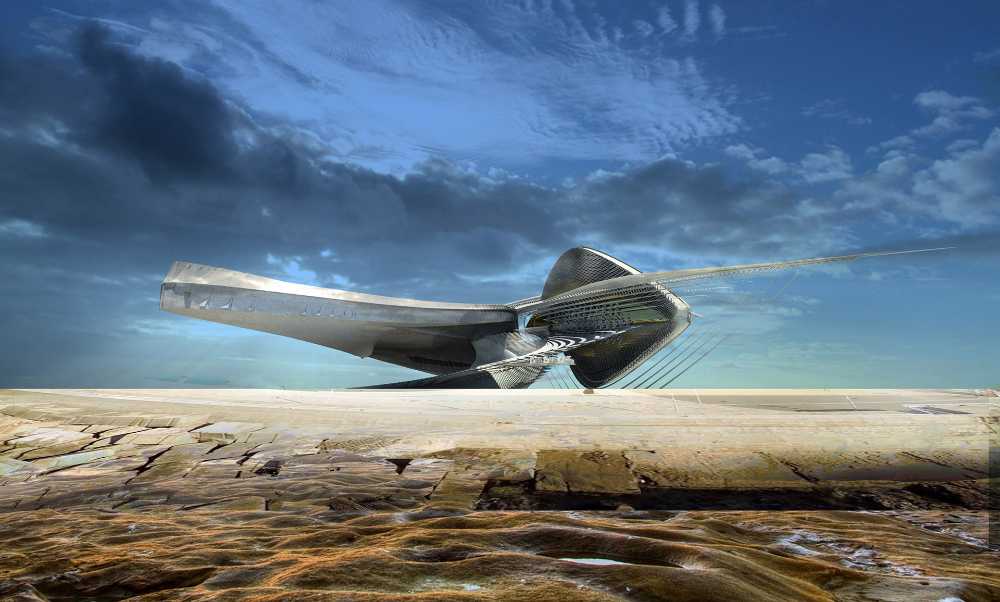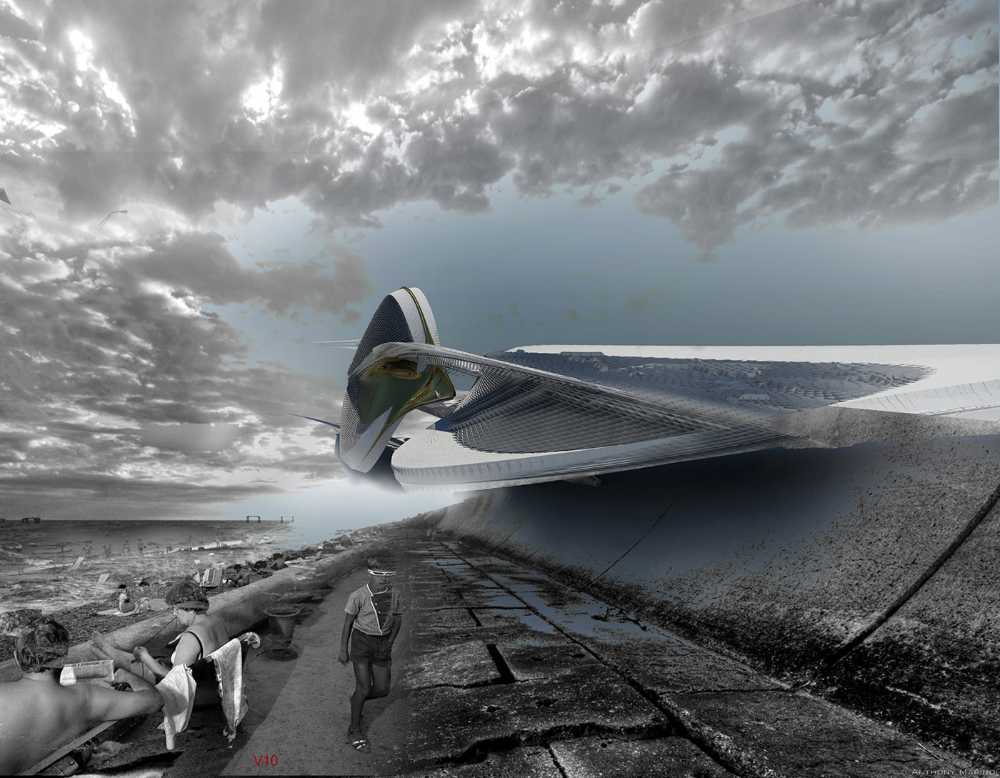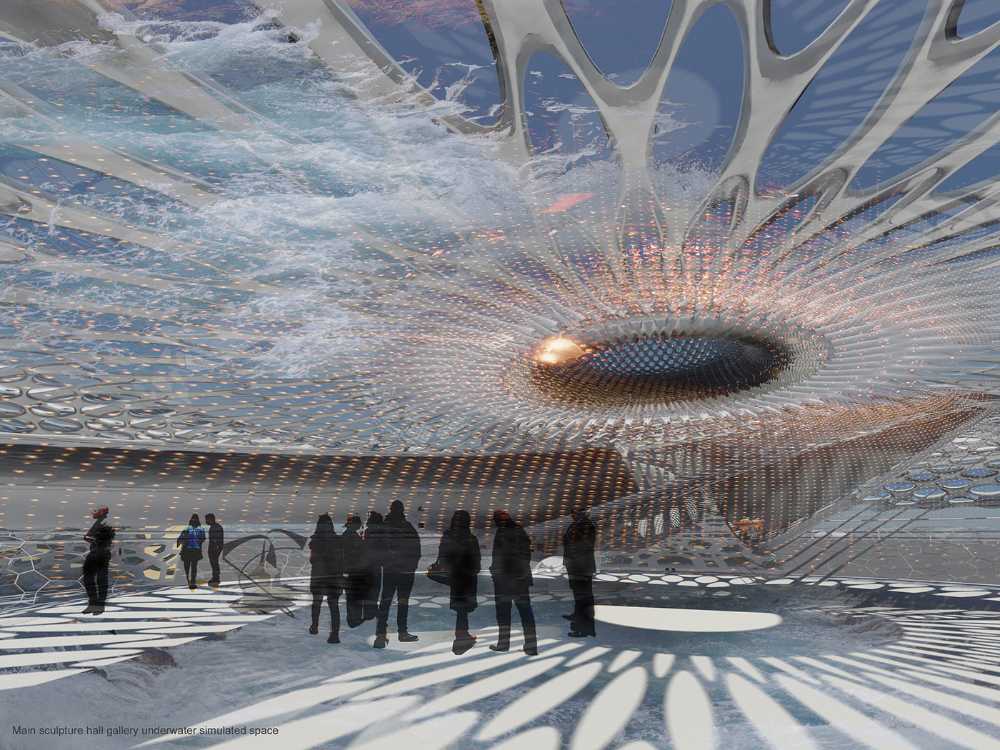The project uses renewable energy to redefine the typologies in architecture and the constructed environment. The site is located in Sochi, a coastal city by the Black Sea in Russia. The building uses the principle of the oscillating water column to harness wave energy, converting this mechanical energy to generate electricity. The small power plant is capable of producing up to 300kW, with an art gallery inside.


Renewable Energy and Architecture. The wave motion is converted and the building becomes an art gallery
The young designer Margot Krasojević designs a building for the city of Sochi, Russia, which uses the principle of the oscillating water column to exploit the energy of the waves. Inside, the Vine space is used as an art gallery.
- #Asia
- #Russia
- #Focus
- #Energy
- #Technology
- #Cultural center
- #Building
- #Architectures
- #Focus
- #Sustainability

This project aims to provide energy to 200 households and businesses in the vicinity. The Black Sea is a small body of water, an inland sea with surprisingly strong wave motion and high energy potential, effective enough for water turbine engineering.

The partly cantilevered and partly submerged building overlooks the coast. Tilted at 45 degrees to the coast for maximum exposure to the waves, similar to nearby jetties, it increases wave generation while the swelling refracts around it. The partially submerged projected element is designed to function as an oscillating water column, increasing tidal resistance to impact on the building and reduce soil erosion.

The angle of the coastal line sculpture gallery corresponds to the angle of the bulge, which in turn creates breaking point waves that do not lose their strength as they move. Architecture influences the waves. When the energy of the waves converges against the protruding element of the building, it activates the section of the oscillating water column.














